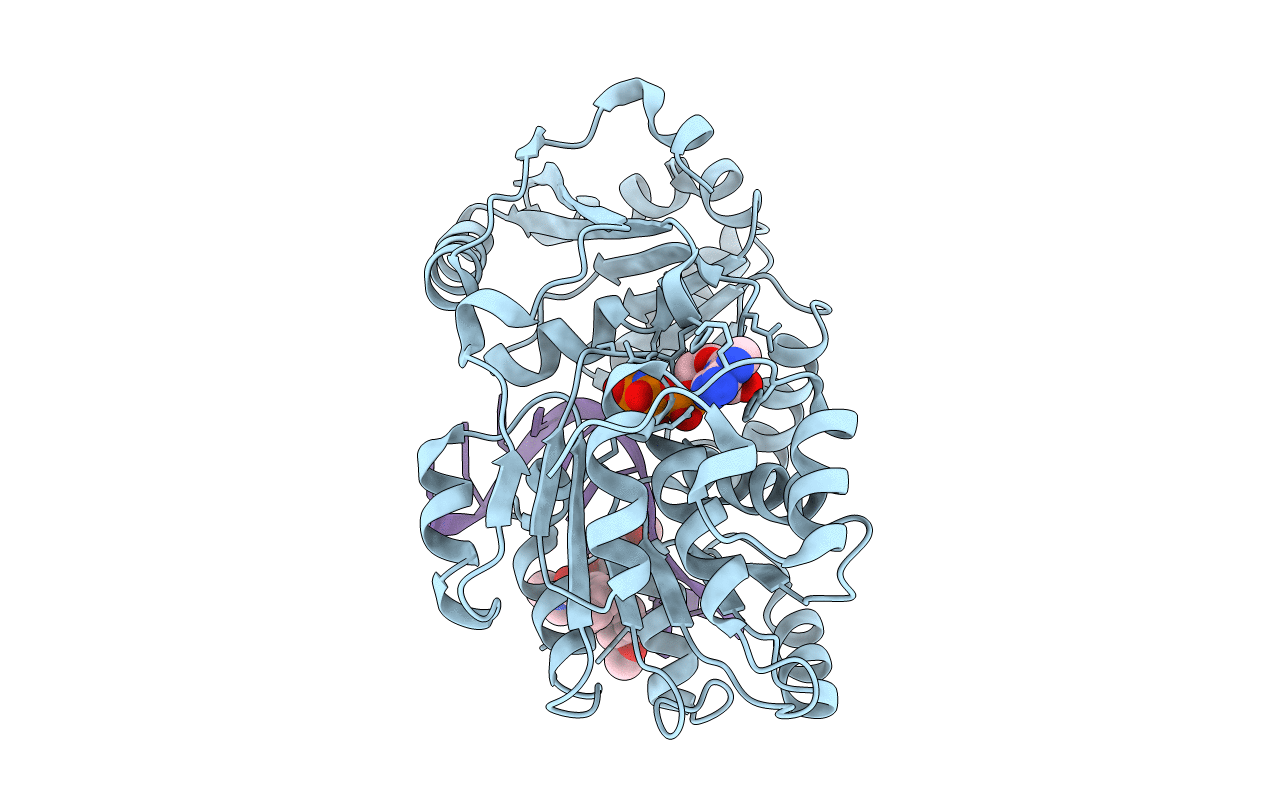
Deposition Date
2018-02-16
Release Date
2019-01-16
Last Version Date
2023-11-22
Entry Detail
PDB ID:
5ZC9
Keywords:
Title:
Crystal structure of the human eIF4A1-ATP analog-RocA-polypurine RNA complex
Biological Source:
Source Organism:
Homo sapiens (Taxon ID: 9606)
synthetic construct (Taxon ID: 32630)
synthetic construct (Taxon ID: 32630)
Host Organism:
Method Details:
Experimental Method:
Resolution:
2.00 Å
R-Value Free:
0.23
R-Value Work:
0.19
R-Value Observed:
0.19
Space Group:
I 2 2 2


